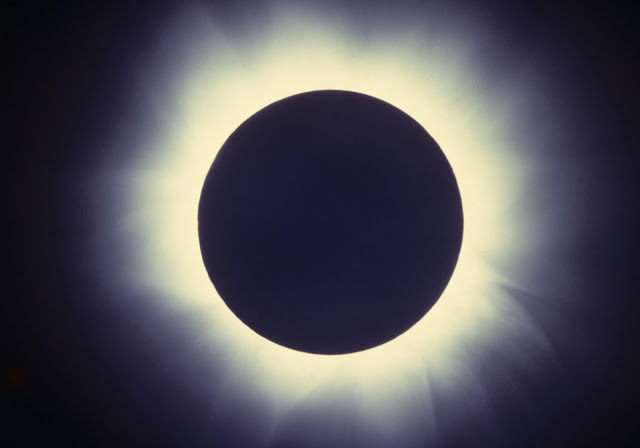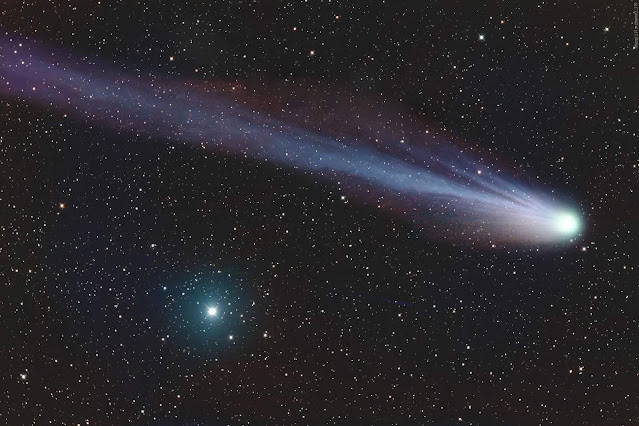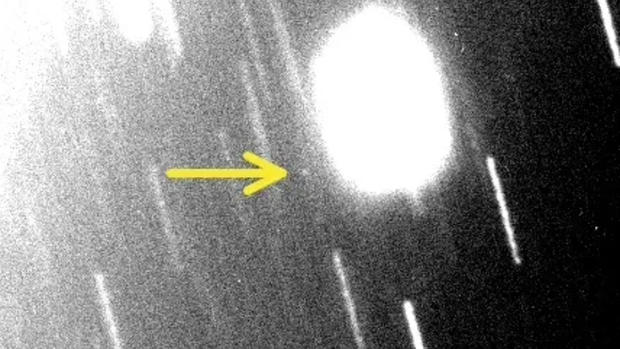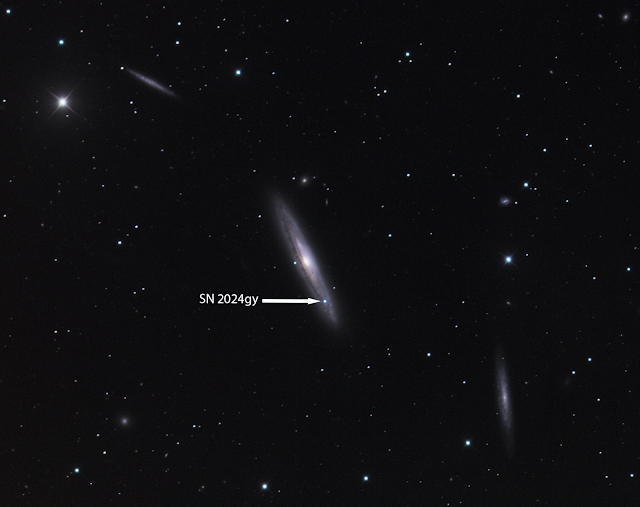Witness the Cosmic Fireworks: Your Guide to the 2025 Perseid Meteor Shower

The Radiant of the Perseid Meteor Shower (Image Credit: Future) Every summer, Earth passes through a cosmic debris field, treating us to one of the most spectacular celestial events: the Perseid meteor shower. For astrophotographers, amateur astronomers, and stargazers alike, the Perseids offer a chance to witness a breathtaking display of shooting stars. But how can you make the most of this astronomical event in 2025? Let's dive into the details to help you plan your Perseid adventure. When to Catch the Show: Timing is Everything The Perseid meteor shower is active from July 17 to August 24, but the peak is the time you don't want to miss. In 2025, the peak activity is expected on August 12-13, with the International Meteor Organization predicting maximum activity around 13:15 GMT on August 12. Under ideal dark-sky conditions, you might see 50 to 100 meteors per hour! However, there's a catch: the Full Moon on August 9th, 2025, will create a bright waning gibbous pha...









